Starting March 21, 2018, the Schirn presents an extensive exhibition on the political art of the present day. It questions phenomena of and potential for political involvement.
Democracy appears to be in crisis, the era of post-democracy already dawned. The symptoms are manifold: populist leaders, fake news, autocratic backlash, totalitarian propaganda, and neoliberalism. For some time, however, society has also been experiencing the path of the art’s return to the political - a re-politicization is palpable. Images of demonstrations in the media have shaped public perception in recent years: waving flags, posters, or banners on streets and squares, at the Women’s March, in anti-Brexit campaigns, or in Occupy actions.
There have been renewed waves of protest relating to very diverse contexts, countries, and political systems. This has affected artists as well. They create works that they regard as instruments of critique and explicitly motivated by politics. The exhibition Power to the People focuses on fundamental questions and examinations of the phenomena of and potential for political involvement. Stances are called into question, forms of protest depicted, and new stages of de-democratization considered.
The question for political involvement concerns us worldwide
In doing so, the mechanisms and logic of political participation are addressed, even beyond concrete concerns. Through bringing together artistic positions from all manner of countries—from Germany, England, Belgium, and the United States to Turkey, Israel, or Libya—it hence encourages reflection not least on what political participation can look like and the consequences it entails in each case.


The exhibition brings together 43 works of different media, such as installations, photography, drawing, painting, and film, including artworks by, for instance, Guillaume Bijl, Adelita Husni-Bey or Ricarda Roggan. They take a critical look at the fragility of popular representation, the breakdown of public institutions, and the limits of parliamentary democracy. The works of Halil Altındere, Osman Bozkurt, or Ahmet Öğüt deal with structural inequality, state oppression and arbitrariness, but also with public protest as a form of political participation.

The active involvement of citizens in designing public life is, for instance, addressed in the works of Katie Holten, Rirkrit Tiravanija, or Nasan Tur—while the spectrum of artistic forms of resistance is shown in the works of Phyllida Barlow, Hiwa K, or Marinella Senatore. Works such as those by Jens Ullrich examine the poster as a medium of political protest, while artists such as Julius von Bismarck or Mark Flood deal with the manipulability of media images and new, primarily medial forms of political participation and production of opinion. The collective Forensic Architecture or Andrea Bowers merge artistic methods and activism in their works and pose the question of art as a politically productive force.


The film to the exhibition: Hans Haacke. Retrospective
A legend of institutional critique, an advocate of democracy, and an artist’s artist: The film accompanying the major retrospective at the SCHIRN...

A new look at the artist – “L’altra metà dell’avanguardia 1910–1940”
With “L’altra metà dell’avanguardia 1910–1940”, in 1980 Lea Vergine curated an exhibition at the Palazzo Reale in Milan that was one of the first...

Non-human living sculptures by Hans Haacke and Pierre Huyghe
In his early work, HANS HAACKE already integrated animals and plants as co-actors into his art. In that way he not only laid the foundations for a...

CURATOR TALK. CAROL RAMA
SCHIRN curator Martina Weinhart talks to Christina Mundici, director of the Carol Rama Archive in Turin, editor of the first Catalogue Raisonné and...

Freedom costs peanuts
HANS HAACKE responded immediately in 1990 to the fall of the Berlin Wall and turned a watchtower into art.

The film to the exhibition: CAROL RAMA. A REBEL OF MODERNITY
Radical, inventive, modern: The film accompanying the major retrospective at the SCHIRN provides insights into CAROL RAMA's work.

Now at the SCHIRN: Hans Haacke. Retrospective
A legend of institutional critique, an advocate of democracy, and an artist’s artist: the SCHIRN presents the groundbreaking work of the compelling...
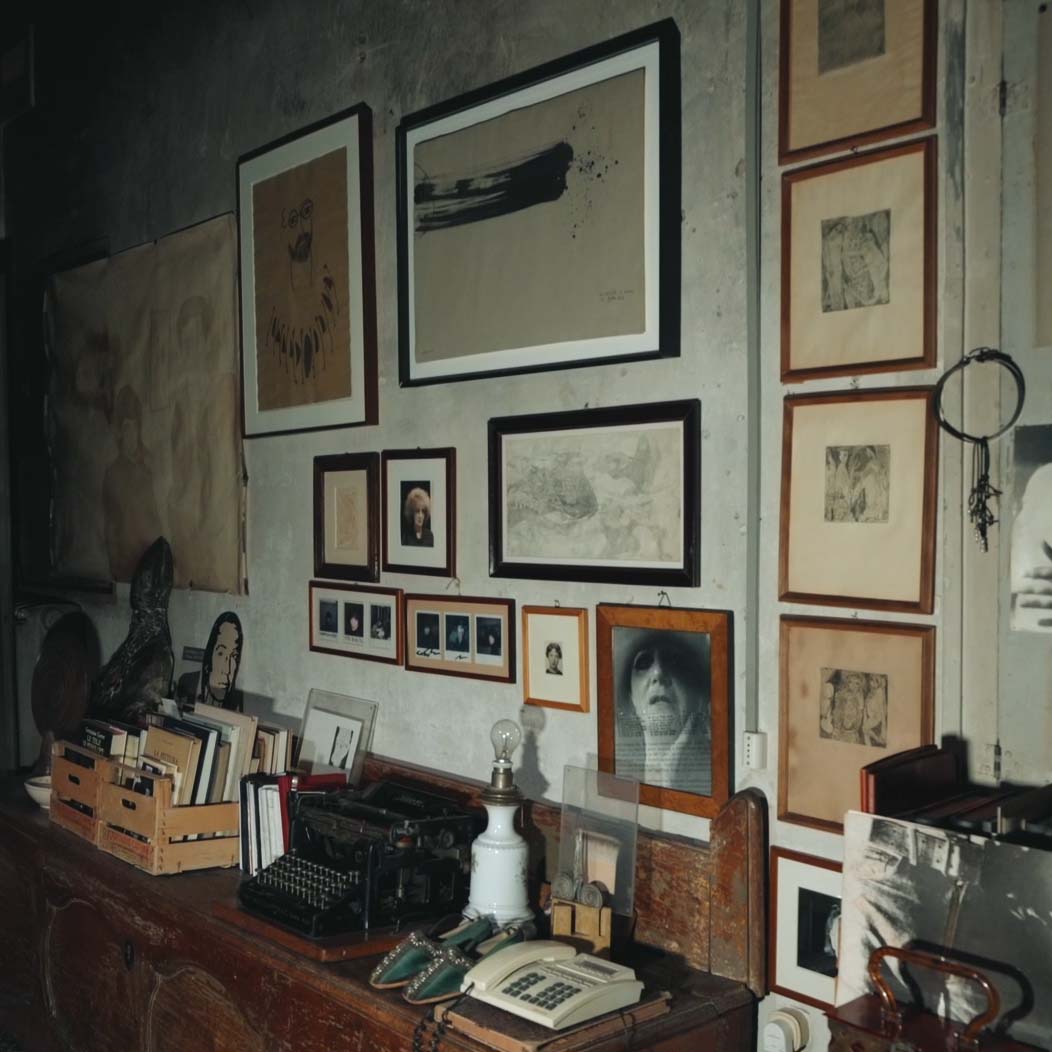
Carol Rama’s Studio: A nucleus of creativity
CAROL RAMA determinedly forged her own path through the art world. Her spectacularly staged studio in Turin was opened to the public only a few years...
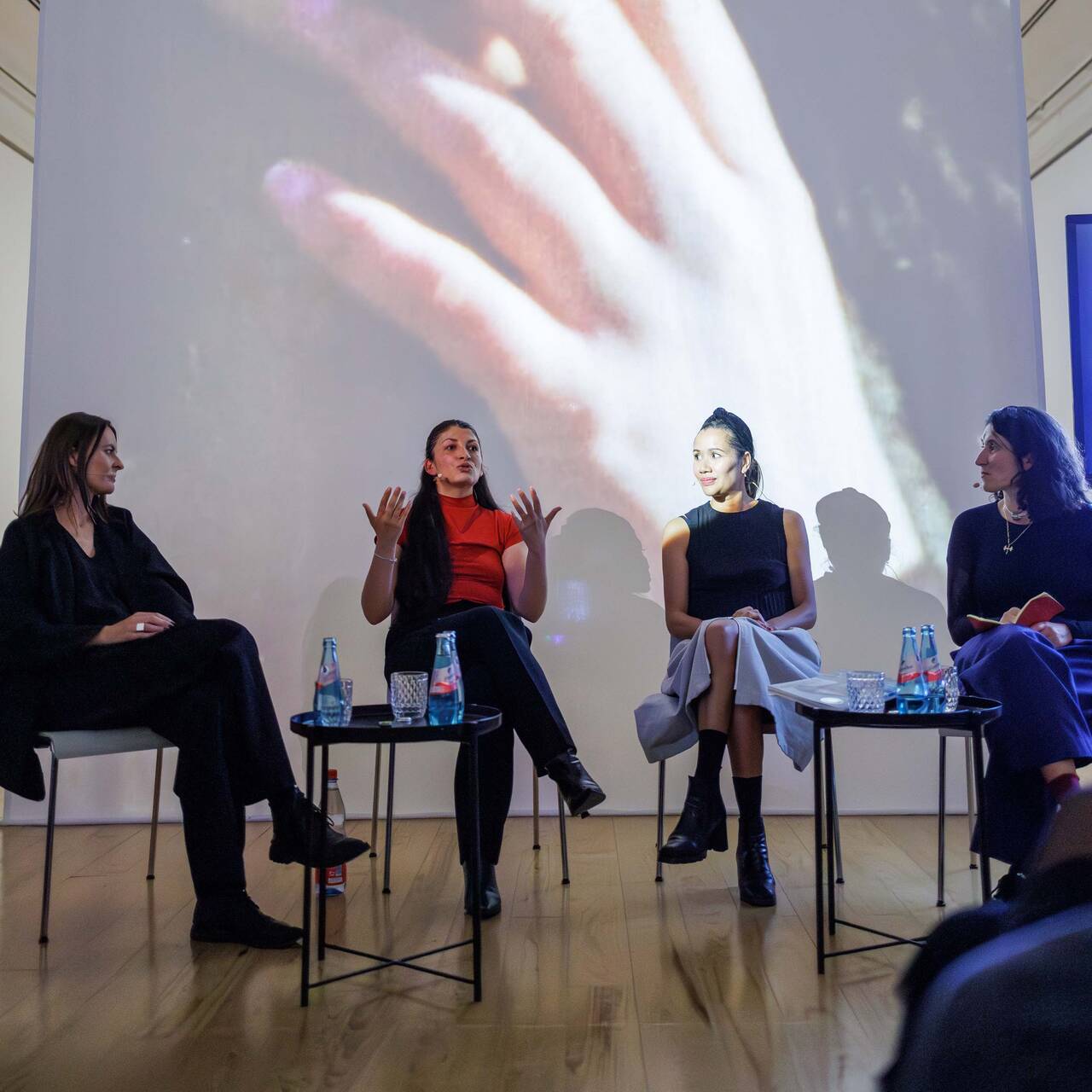
PANEL: POLITICAL ACTIVISM BY SELMA SELMAN
Hosted by Arnisa Zeqo, Amila Ramović and Zippora Elders speak with the artist Selma Selman about her artistic career, the exhibition SELMA SELMAN....
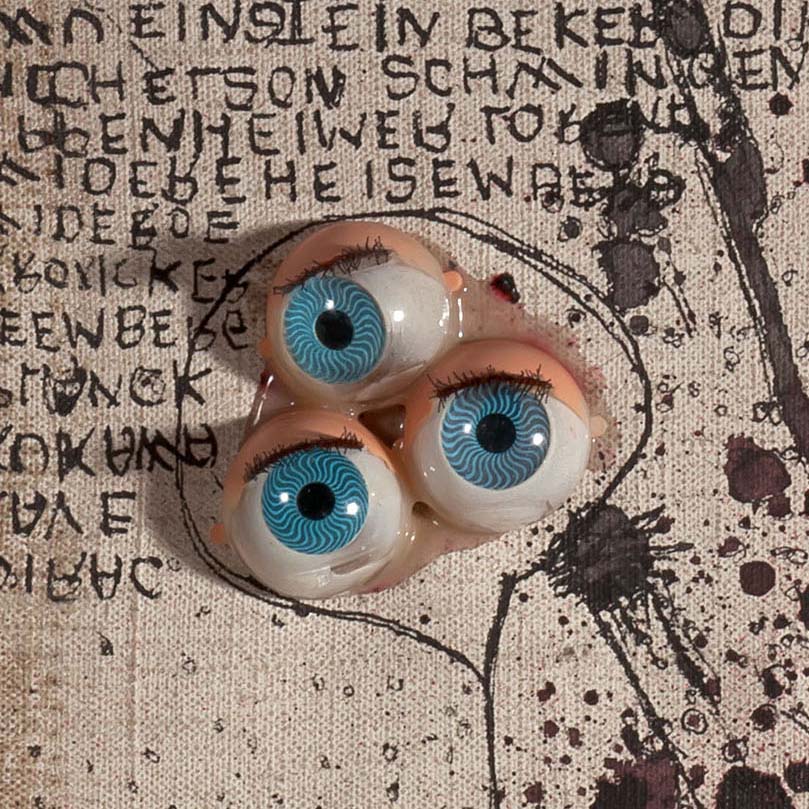
Now at the SCHIRN: Carol Rama. A rebel of Modernity
Radical, inventive, modern: the SCHIRN is presenting a major survey exhibition of CAROL RAMA’s work for the first time in Germany.
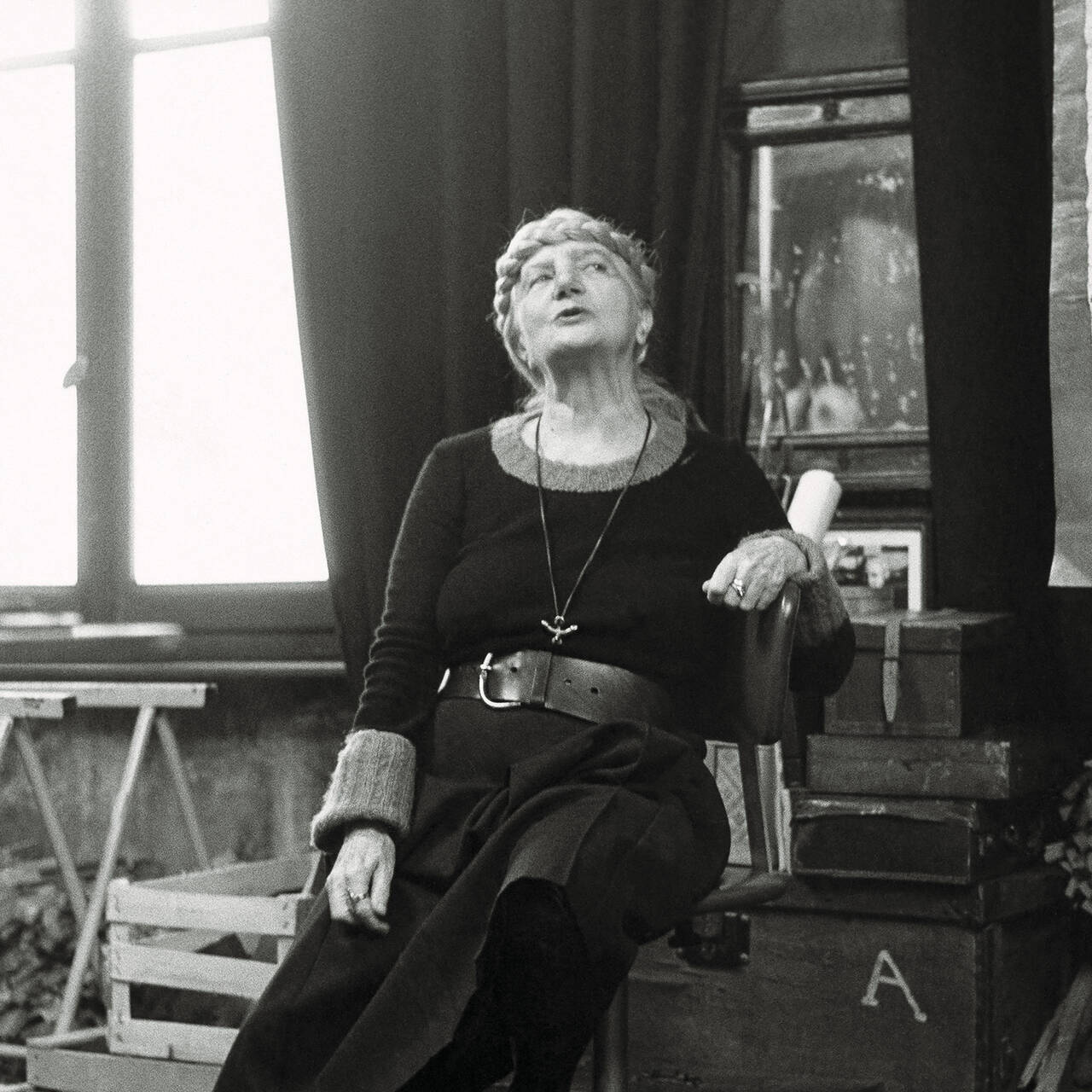
Carol Rama in 10 (F)Acts
CAROL RAMA was one of the most provocative female artists of the 20th century. With her explicit depictions of sexuality, physicality, and tabooed...
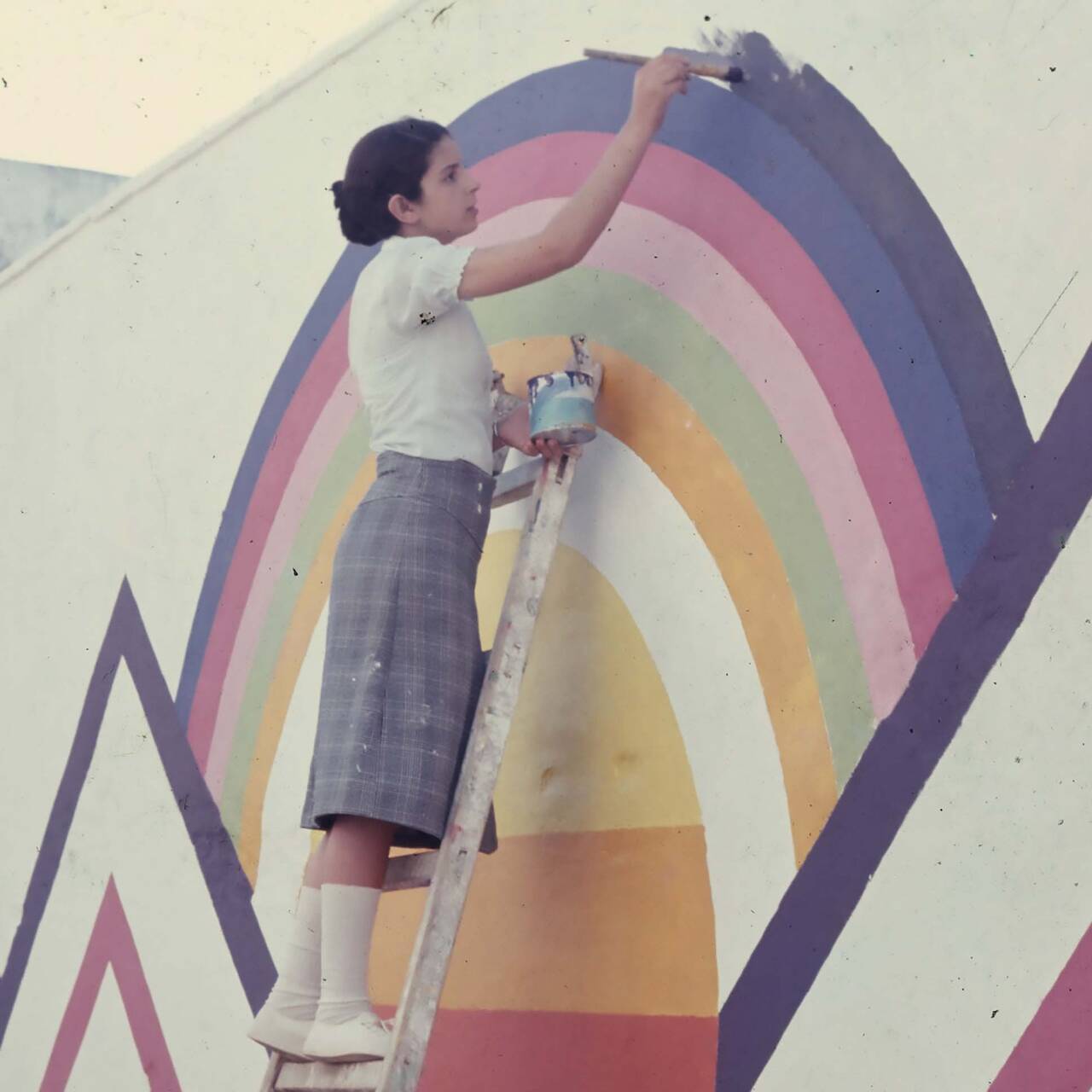
A lab for art in the public realm
The CASABLANCA ART SCHOOL wanted to make art part of urban life, visible for all, and interacting with the everyday culture of the city. To this day,...
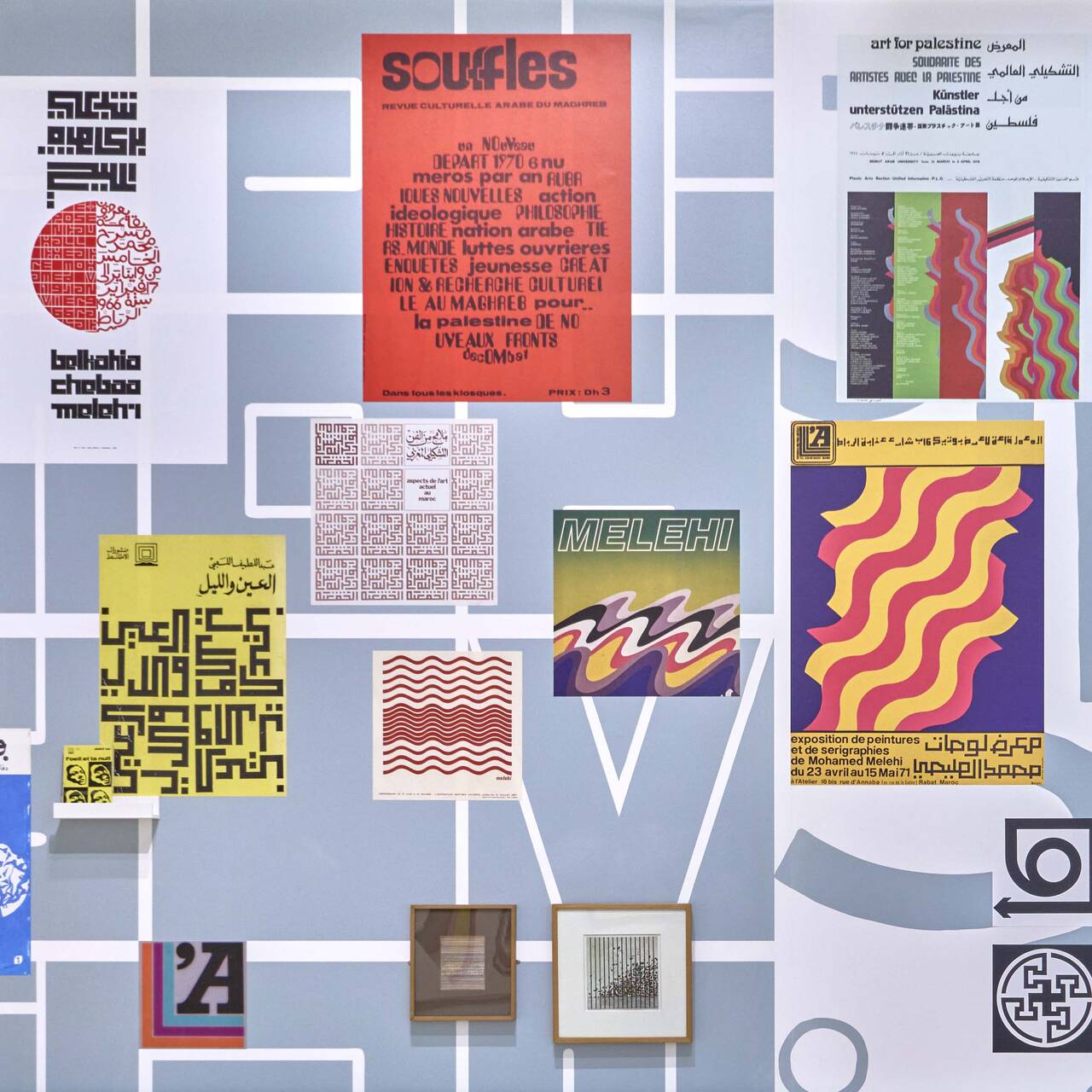
Art and the world of journals in the Arab 20th century
Many of the teaching staff at the Casablanca Art School contributed to the journal “Souffles”, an extraordinary example for the strong...
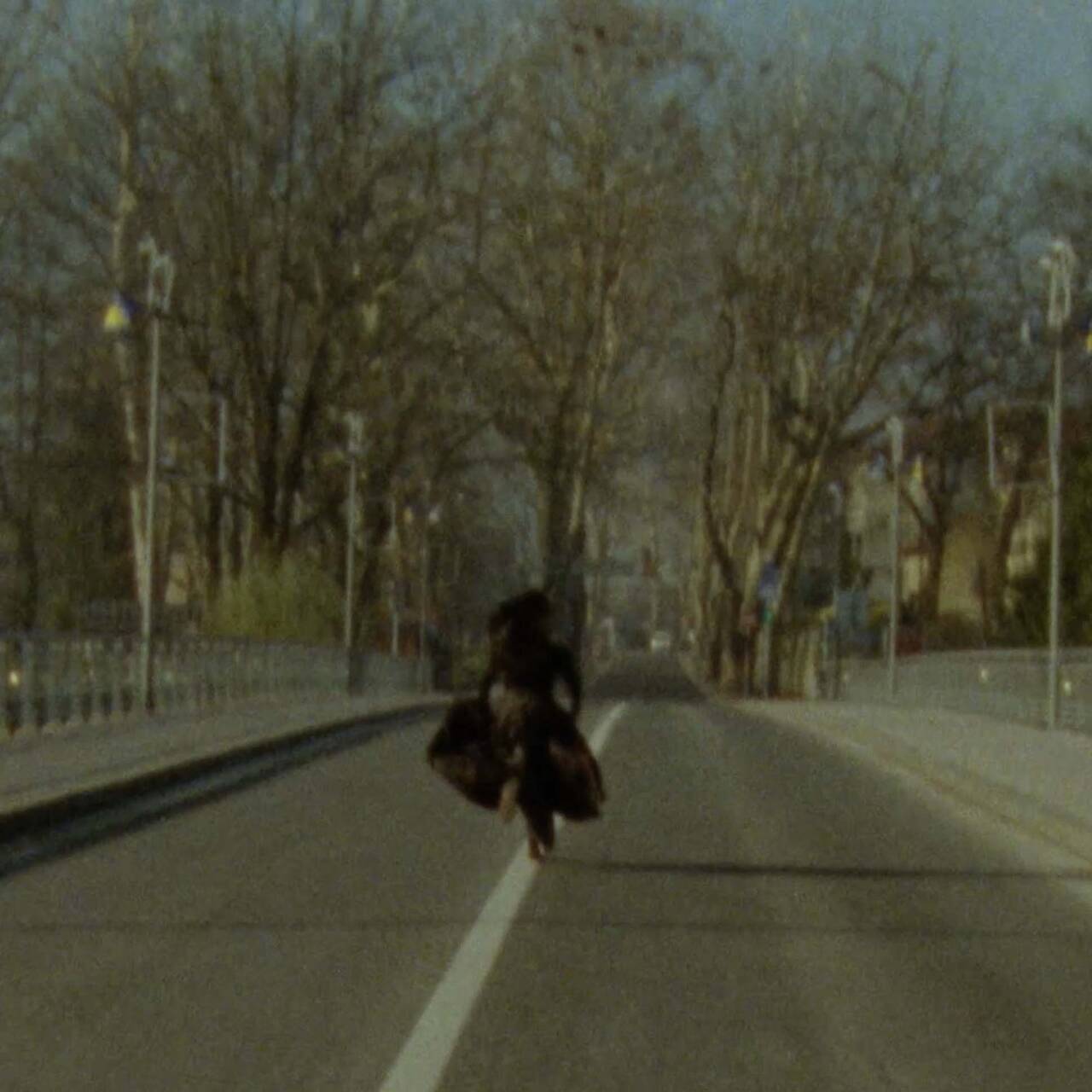
A question of listening
Selma Selman creates her poetry of the future from multiple generations of Roma heritage completed with her subjective family story and history from...
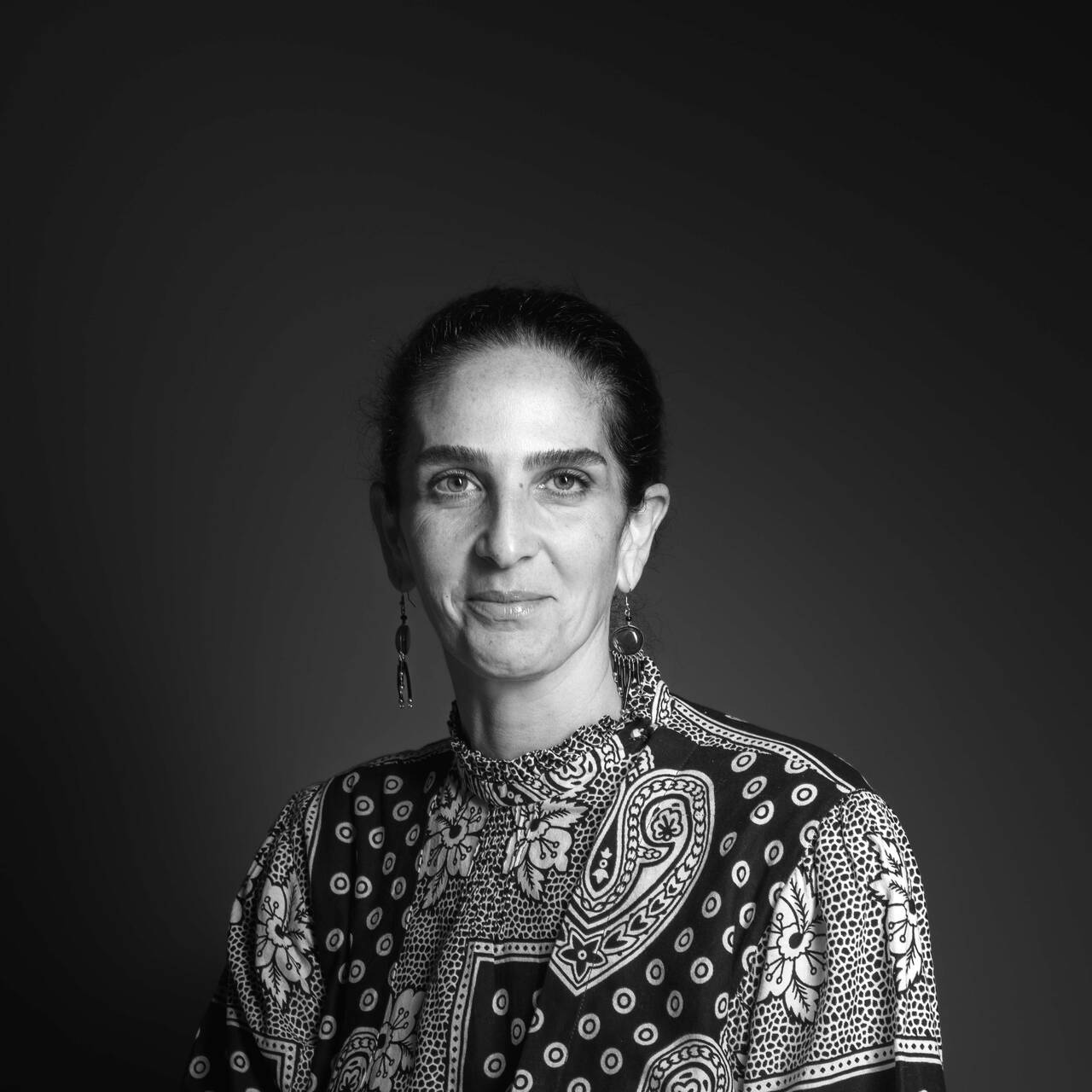
5 questions for Salma Lahlou
Salma Lahlou is an independent curator. Her exhibitions and research projects continuously engage with the CASABLANCA ART SCHOOL. We spoke with her...

CURATORIAL TALK: CASABLANCA ART SCHOOL
The curators, Madeleine de Colnet and Morad Montazami, talk to SCHIRN curator Esther Schlicht and filmmaker Mujah Maraini-Melehi about the background...
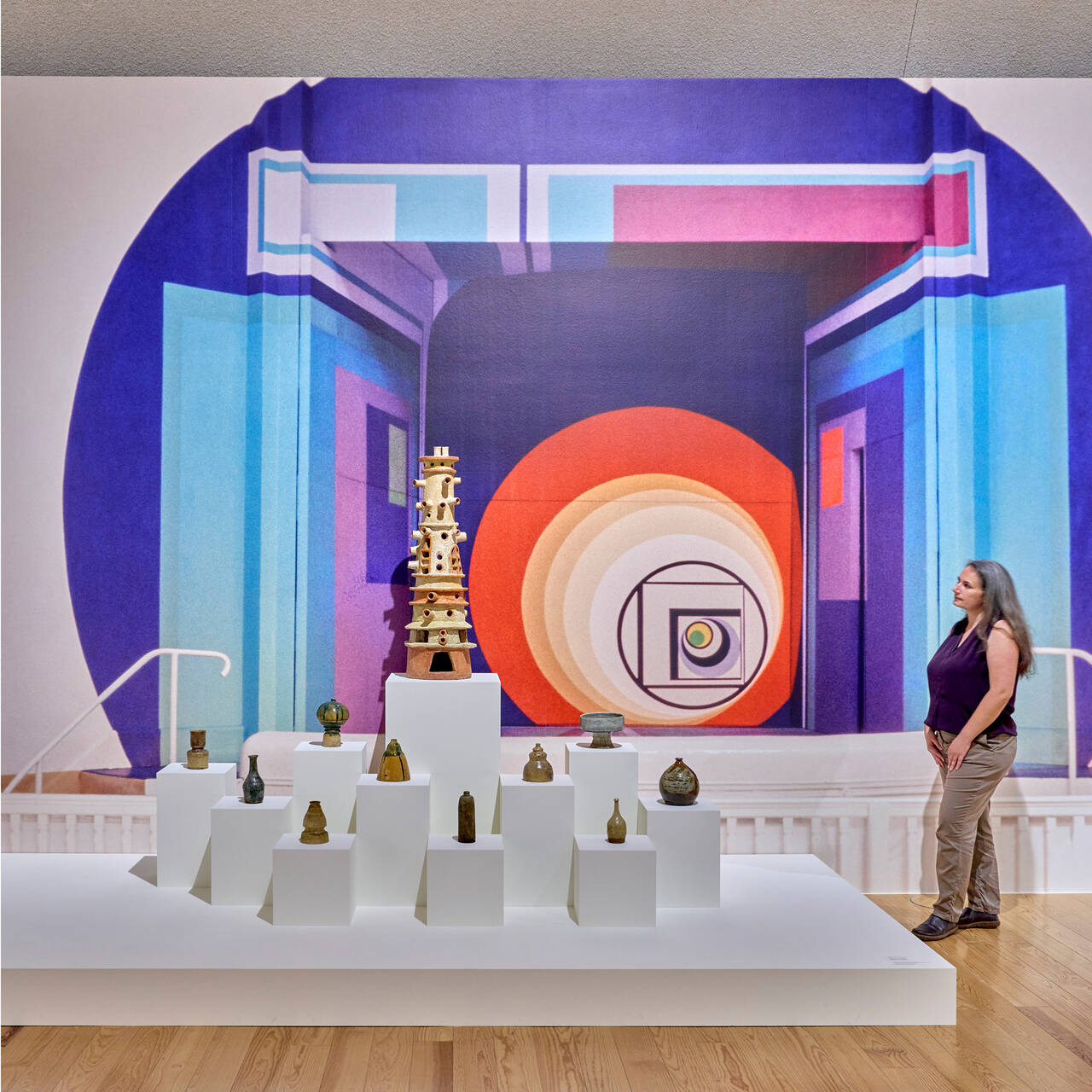
Casablanca’s Art School and the Bauhaus heritage
The CASABLANCA ART SCHOOL revolutionized the Moroccan art scene and managed to liberate itself from its French colonial past. In some respects, it...
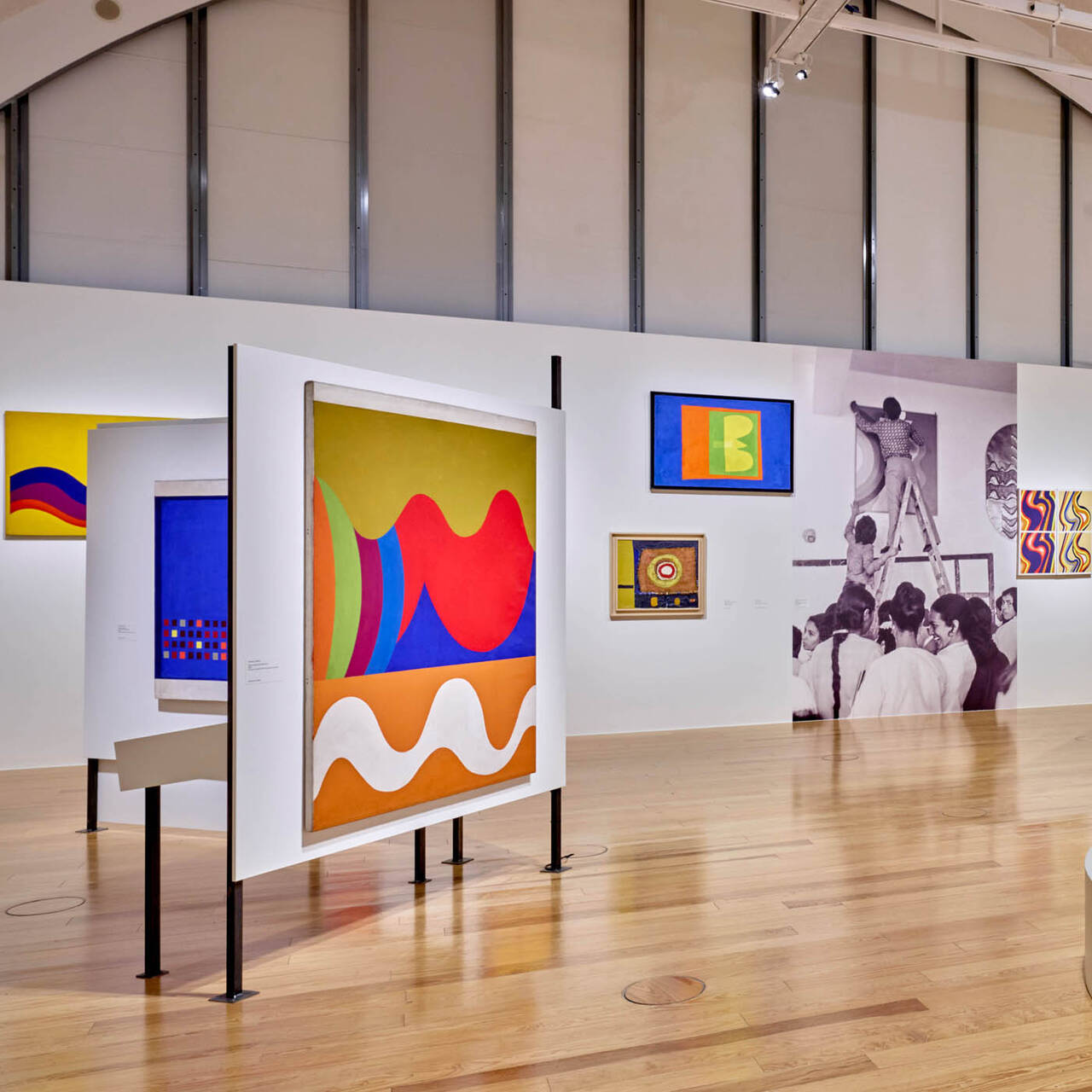
The film to the exhibition: Casablanca Art School. A POSTCOLONIAL AVANT-GARDE 1962–1987
What artists and teachers were the driving force behind the CASABLANCA ART SCHOOL? And what was so special about that new art movement? The film...
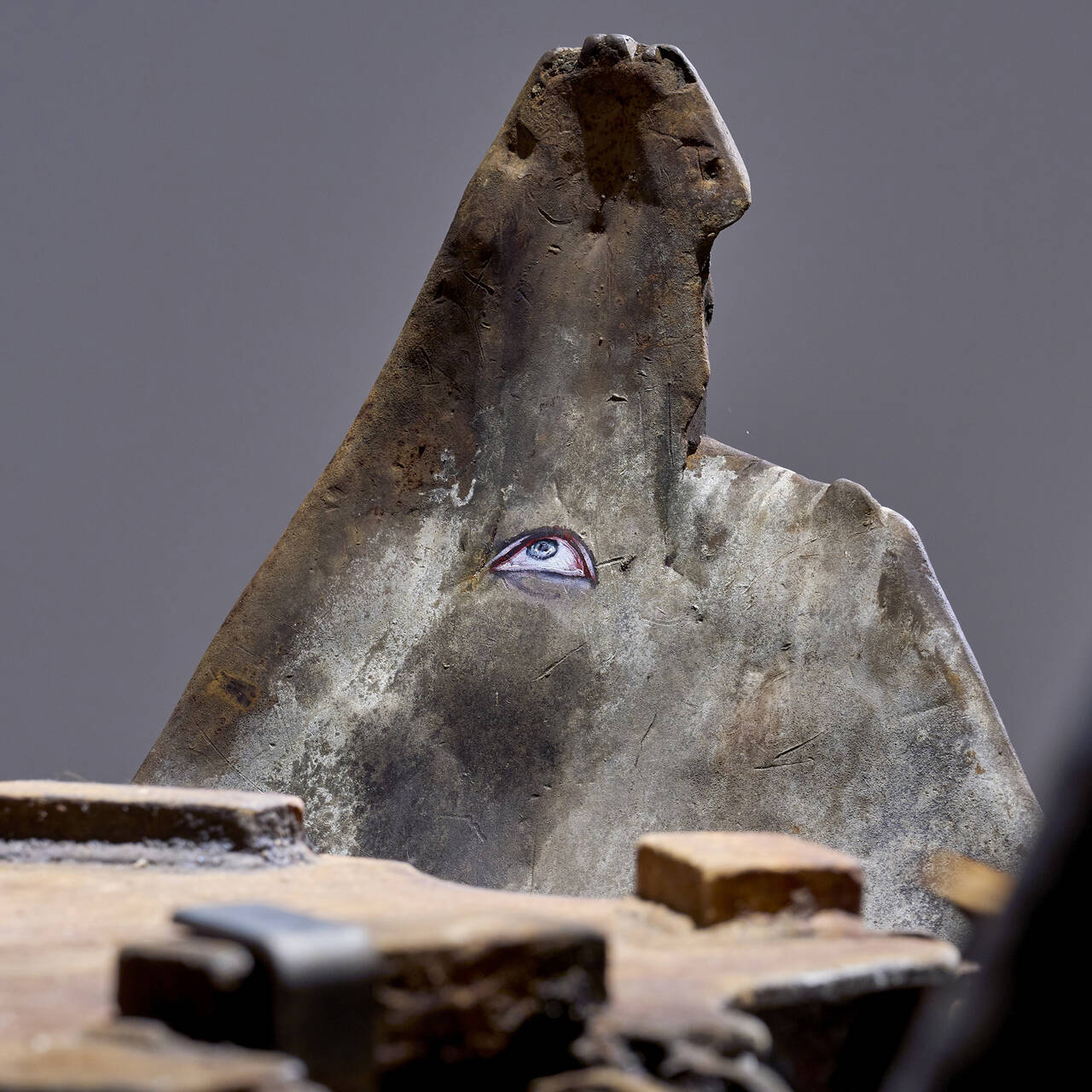
The World’s Superfluous Elements
Selma Selman’s art often revolves around recycling, something that places her in a long lineage of artistic transformations
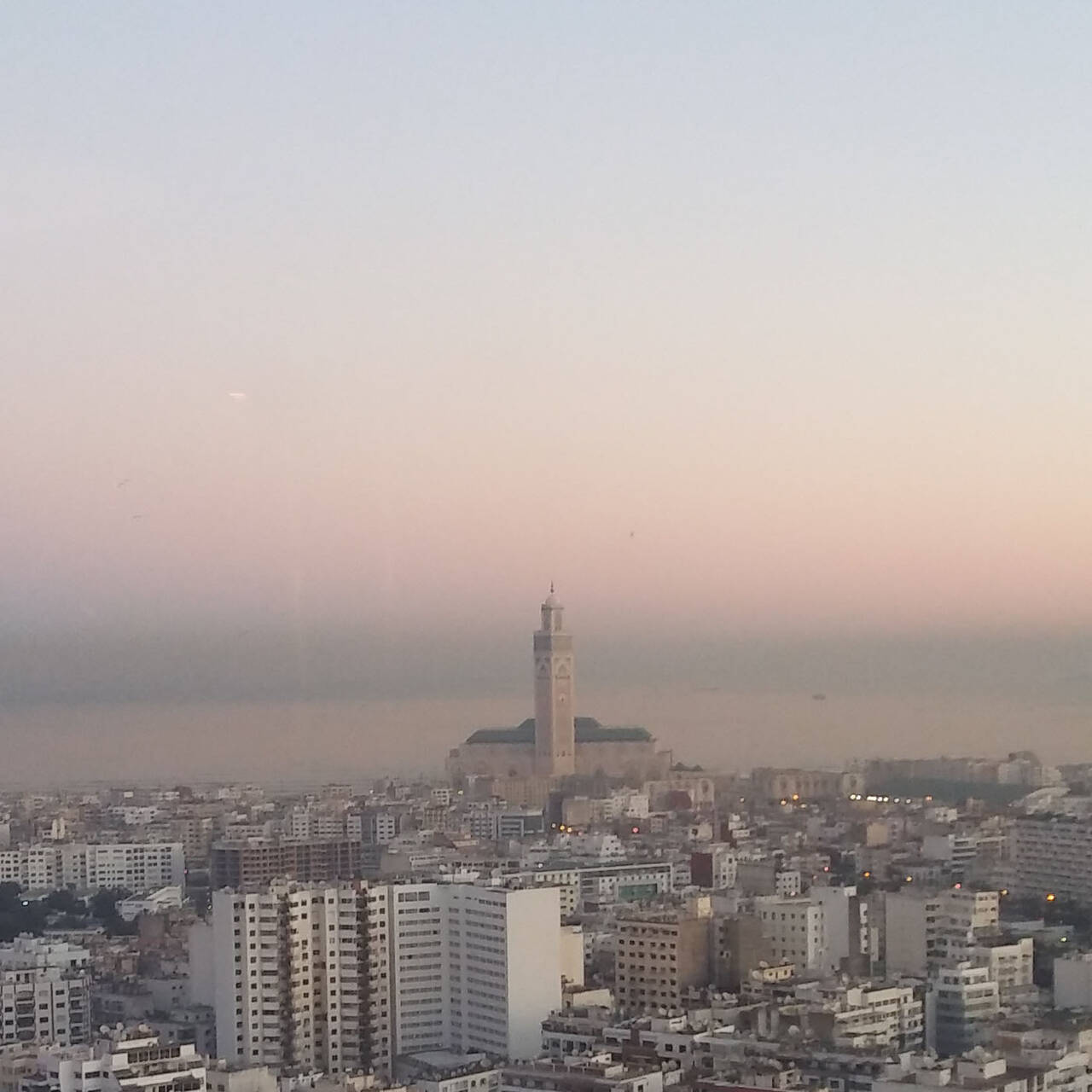
Hidden perspectives on the city (history) of Casablanca
The video series “School of Walking” by Bik van der Pol shows Casablanca from the perspective of contemporary artists and cultural producers - and...